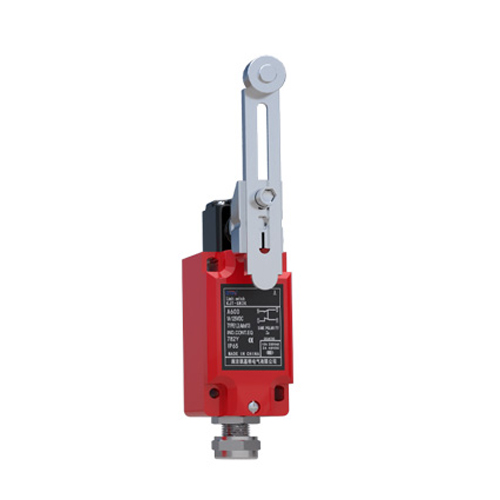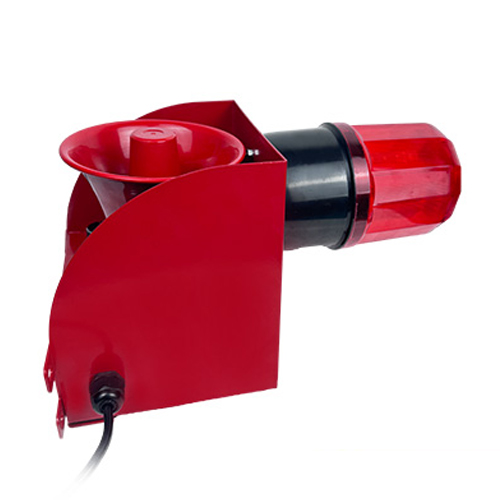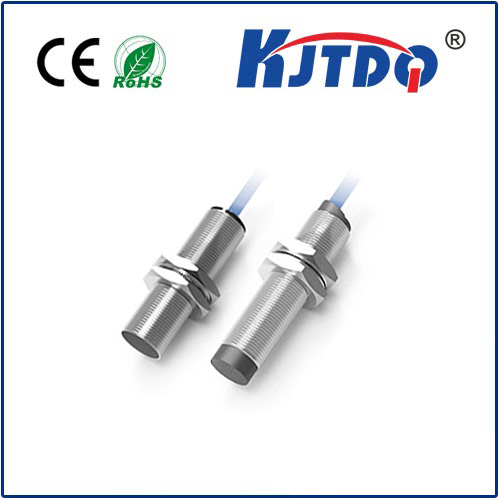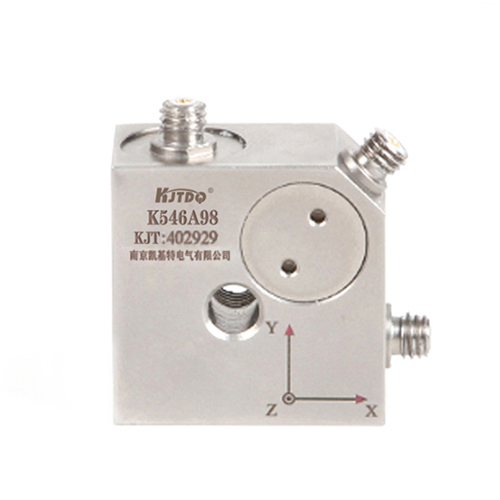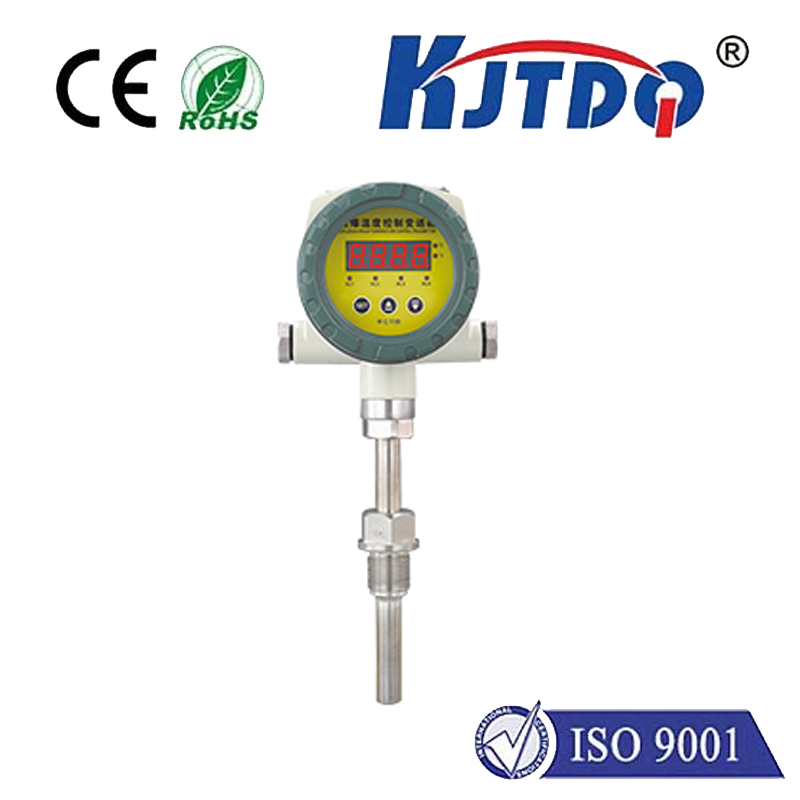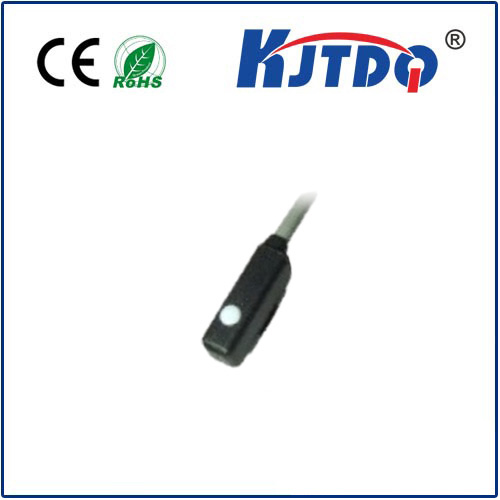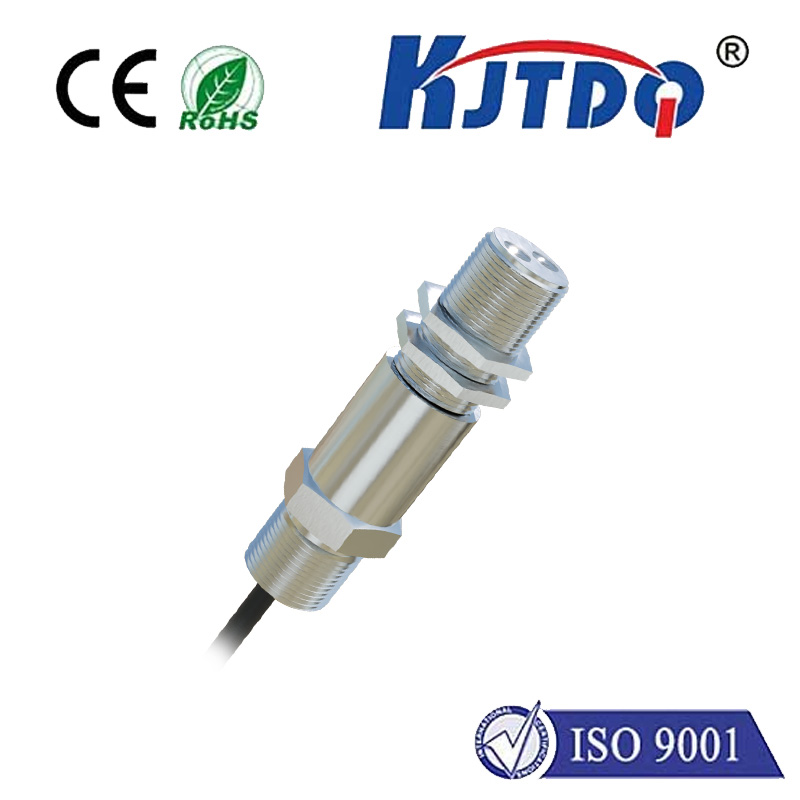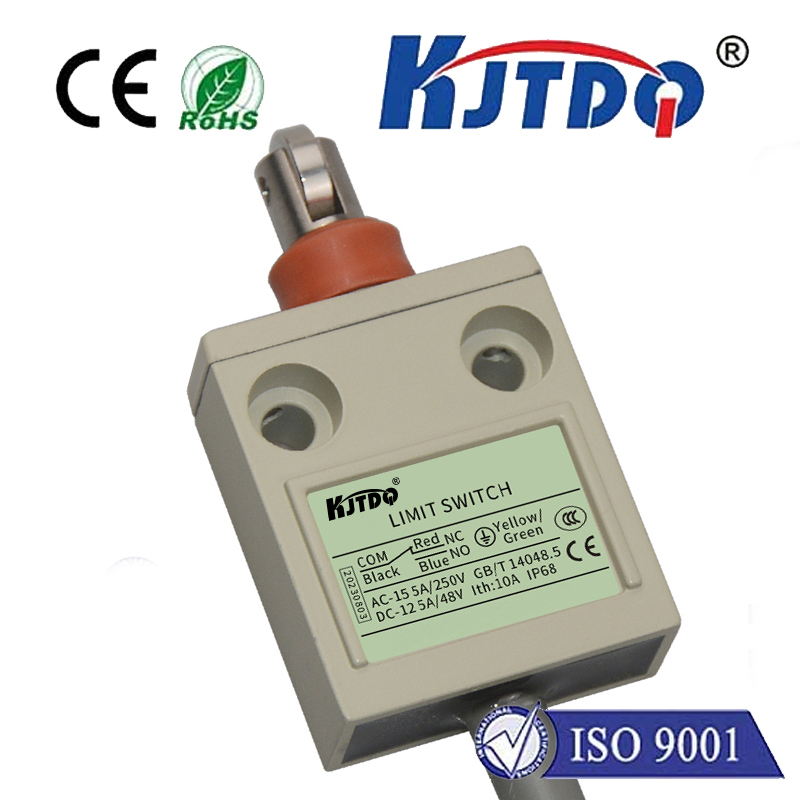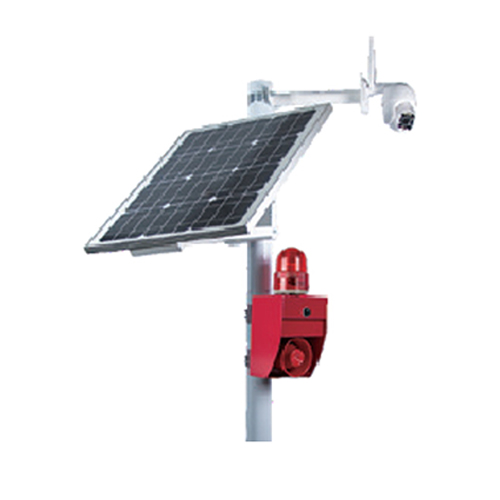

check

check

check

check

check

check

check

check

check

check
Introduction:
Sensors are essential components of modern technology, helping machines to detect and respond to environmental changes. Two popular types of sensors are flush and non-flush sensors. While both serve the same purpose, they differ in their design, installation, and functionality. In this article, we will explore the basics of flush and non-flush sensors, their applications, and how they contribute to various industries.
Section 1: What Are Flush and Non-Flush Sensors?
Flush sensors are designed to be flush with the surface they are installed on, while non-flush sensors require a separate mounting area. Flush sensors are typically smaller in size and can fit more comfortably into tight spaces, making them ideal for applications where space is limited. On the other hand, non-flush sensors offer better accuracy and stability, making them suitable for high-precision applications.
Section 2: How Do Flush and Non-Flush Sensors Work?
Flush sensors work by detecting changes in pressure or temperature and converting them into an electrical signal. These signals can then be processed and analyzed by machines or systems, allowing them to respond accordingly. Non-flush sensors also rely on detecting changes in pressure or temperature but use a different mechanism to convert these signals into electrical energy. This mechanism may involve the use of mechanical or electronic elements that interact with the environment being measured.
Section 3: Applications of Flush and Non-Flush Sensors
Flush sensors are commonly used in automotive and industrial machinery, where their small size and ease of installation make them ideal for monitoring temperature, pressure, and other environmental factors. They are also used in healthcare equipment, such as thermometers and blood pressure monitors, where their accuracy and sensitivity are essential. Non-flush sensors are used in more demanding applications, such as aerospace engineering and nuclear power plants, where their stability and precision are crucial for safety and efficiency.
Conclusion:
In summary, flush and non-flush sensors are two important types of sensors that serve different purposes depending on the application. While flush sensors offer convenience and flexibility due to their small size, non-flush sensors provide superior accuracy and stability for high-precision applications. Both types of sensors have found widespread use in various industries, from automotive manufacturing to healthcare facilities. As technology continues to evolve, it is likely that we will see even more innovative uses for these versatile sensor technologies.
